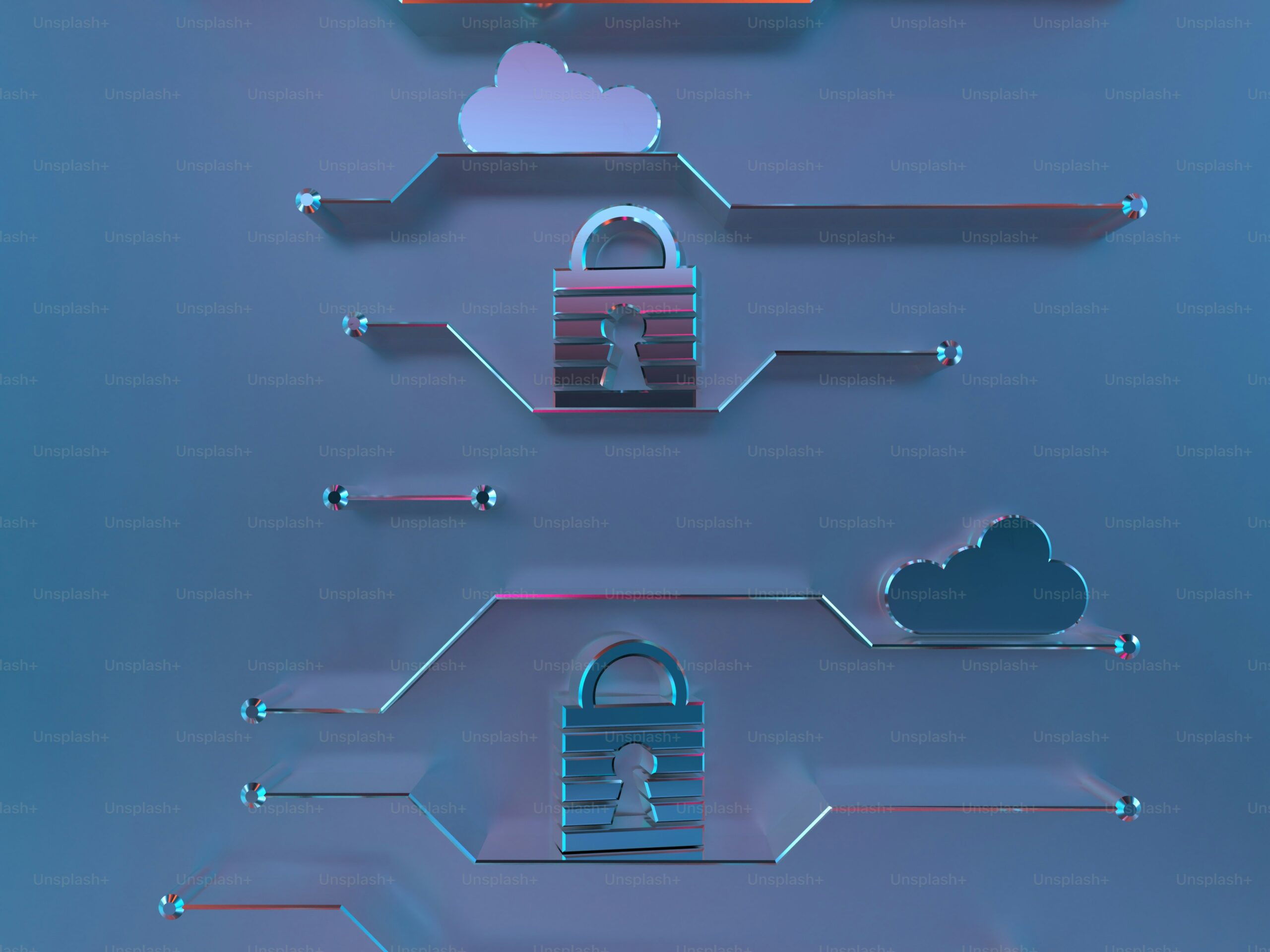Unveiling the Power of Authentication and Authorization Systems in Modern IT Infrastructure
Imagine a world where your personal data, financial information, and business secrets are open to everyone. Sounds chaotic, right? That’s where authentication authorization systems come into play. These systems are the unsung heroes of modern IT infrastructure. They keep your information safe, maintaining the privacy and integrity of data across billions of digital transactions daily.
According to a study conducted by Cybersecurity Ventures, cybercrime is projected to cost the world $10.5 trillion annually by 2025. This fact alone underscores the importance of reliable authentication and authorization systems.
In this enlightening blog post, we will dive deep into the world of authentication and authorization systems. We’ll explore their role, how they work, and why they are a crucial part of any modern IT infrastructure. Whether you’re an IT professional or just curious about how your data stays secure, this article promises to provide valuable insights and keep you hooked till the end.
Understanding Authentication in Systems
Authentication is a crucial aspect of system security, enabling the verification of user identities before granting access to resources. It forms one part of the broader framework of authentication authorization systems, which aim to ensure only authorized individuals can access specific systems or data.
Types of Authentication
There are various types of authentication methods used in systems. Here are some of the most common:
- Password-based authentication: This is the most common type of authentication, where users provide a username and password.
- Two-factor authentication (2FA): This method requires two forms of identification. For example, a password coupled with a unique code sent to the user’s phone.
- Biometric authentication: This involves the use of unique physiological or behavioral characteristics such as fingerprints, facial recognition, or voice patterns.
According to a Cambridge study, biometric authentication can reduce fraud by up to 98% compared to traditional password-based systems.
The Process of Authentication
Authentication in systems typically follows this process:
- Identity Verification: The user provides their identity using one of the methods mentioned above.
- Credential Validation: The system checks if the provided credentials match the stored user profile.
- Access Granting: If the credentials are valid, the system grants access to the user.
For instance, in a banking app, you might use your username and password for identity verification, receive an SMS with a unique code for credential validation, and lastly, gain access to your account once the validation is successful.
In conclusion, understanding authentication is crucial to building secure systems. As technology evolves, so does the sophistication of authentication methods, therefore, staying abreast of these changes is vital.
Delving into Authorization Systems
Authorization, a critical component of authentication authorization systems, is the process of granting or denying access to a network resource. It helps to ensure that a user, program, or process has the necessary rights and privileges to perform a given task. Authorization systems are pivotal in maintaining the security and integrity of any system.
Role of Authorization in Security
Authorization plays a crucial role in enhancing system security. It provides a robust mechanism to control who has access to what within a system. Benefits of effective authorization include:
- Preventing unauthorized access: By properly identifying and validating user credentials, systems can prevent unauthorized access.
- Protecting sensitive data: Authorization systems protect sensitive information by ensuring only authorized users can access certain data.
- Regulating user activities: By defining what actions a user can perform, authorization systems provide a level of control over user activities.
Common Authorization Strategies
There are several commonly used strategies in authentication authorization systems. These include:
- Role-Based Access Control (RBAC): In this strategy, access rights are granted based on the role of the user within the organization. For example, a manager may have more access rights than an intern.
- Discretionary Access Control (DAC): This strategy allows users to grant or deny access rights to other users. It’s similar to how file permissions work on a computer.
- Mandatory Access Control (MAC): This is the most restrictive strategy. It uses labels (often in the form of security clearance levels) to determine access rights.
In conclusion, the importance of authorization in system security cannot be overstated. It’s a key pillar in maintaining the integrity, confidentiality, and availability of systems and data.
Key Differences Between Authentication and Authorization
The terms authentication and authorization often overlap within the context of system security. Understanding their distinction is vital for creating robust authentication authorization systems. In simple terms, authentication verifies who you are, while authorization determines what you can do.
Real-World Examples
Let’s consider a real-world analogy to understand these concepts better. When you visit a club, the bouncer verifies your ID card (authentication). Once inside, your wristband color may determine if you can access the VIP area (authorization).
In a digital scenario, entering a valid username and password on a website is an example of authentication. Once authenticated, the site’s authorization rules determine if you can access certain pages or perform specific actions like editing content or managing user accounts.
Synergy of Authentication and Authorization
Authentication and authorization work hand in hand to create secure systems. They are two sides of the same coin in maintaining system integrity. Authentication acts as the first line of defense, ensuring only verified users gain system access. Once inside, authorization controls user activity, safeguarding system resources from unauthorized access.
For instance, in an online banking system, after authenticating with your credentials, authorization rules determine if you can view account details, make transactions, or manage other banking features. This synergy ensures a balance between ease of access for users and protection of sensitive data.
Wrapping Up
In conclusion, it’s clear that the realms of authentication and authorization are fundamental cornerstones in the establishment of robust system security. Authentication, the process of verifying user identity, paired with authorization, the system that determines what access a user possesses, together form a formidable defense against unauthorized access and potential security breaches.
As our digital landscape continues to evolve, so too does the complexity and sophistication of authentication authorization systems. Staying abreast of these developments is not merely advisable, but crucial to maintaining the integrity of your systems.
Next Steps
How do we then keep ourselves informed about the latest trends in authentication and authorization systems? We urge you to subscribe to our newsletter, where we delve into these topics in greater depth and keep you updated on the latest developments.
Final Thoughts
Remember, the safety of your system is in your hands. By equipping yourself with the right knowledge and tools, you can build a secure digital environment that stands tall against threats. Let’s commit to making our systems safer, together!
Frequently Asked Questions
What are some common types of authentication in authorization systems?
Authentication in authorization systems can be accomplished in multiple ways. Password-based authentication is the most common, where users provide a unique identifier and a secret password. Two-factor authentication (2FA) adds a second layer of security by requiring a second verification step, often a code sent to a mobile device. Biometric authentication uses unique physical characteristics like fingerprints or facial recognition. Token-based authentication, often used in API services, uses generated tokens to authenticate a user. Lastly, digital certificates provide a secure, encrypted form of authentication. Understanding these options can help in choosing the right method for your authentication authorization systems.
How does an authorization system enhance security?
Authorization systems enhance security by controlling user access to resources within a system. After authentication, the authorization process determines what permissions and rights a user has. It can limit access to certain resources or actions based on predefined rules or roles, reducing the risk of unauthorized access or actions. This principle of least privilege is an important aspect of enhancing system security. By limiting the capabilities of each user to only what’s necessary for their role, authorization systems can minimize the potential damage from breaches in your authentication authorization systems.
What is the difference between authentication and authorization in systems?
Authentication and authorization are two distinct processes within systems, each serving a critical role in security. Authentication is the initial step that verifies the identity of a user. It confirms that you are who you claim to be, typically through a username and password, a biometric scan, or a digital certificate. Once authenticated, the system then performs authorization. This process determines the resources or actions the authenticated user is allowed to access or perform in the system. So, while authentication confirms identity, authorization defines access limits within authentication authorization systems.
What are some common challenges in implementing authentication authorization systems?
Implementing authentication authorization systems can present several challenges. These include ensuring user credentials are securely stored and transmitted, which can be complex given the need to balance security with usability. Managing user permissions can also be difficult, particularly in large or rapidly changing systems. There’s also the challenge of keeping up with evolving security threats and making sure your system remains robust against them. It’s essential to have a comprehensive security strategy, frequent system audits, and continuous employee training to navigate these challenges effectively in your authentication authorization systems.
What are best practices for implementing authentication and authorization systems?
When implementing authentication authorization systems, there are several best practices to follow. First, always use secure protocols for transmitting user credentials. Hash and salt passwords for secure storage. Implement multi-factor authentication for an additional layer of security. Limit user permissions using the principle of least privilege, ensuring users only have access to what they need. Regularly audit your system for vulnerabilities and conduct security training for your users. Also, consider using standardized, well-tested authentication and authorization frameworks rather than building your own. These practices can help improve the security and effectiveness of your authentication authorization systems.




